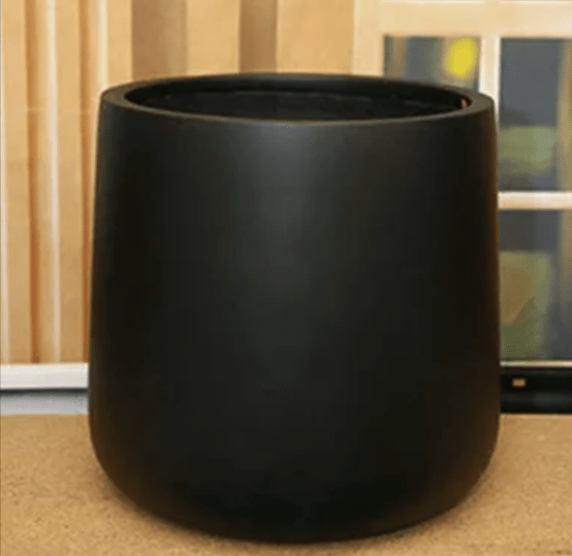
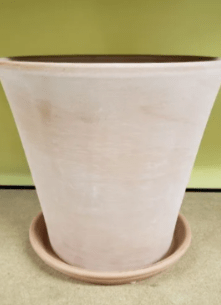
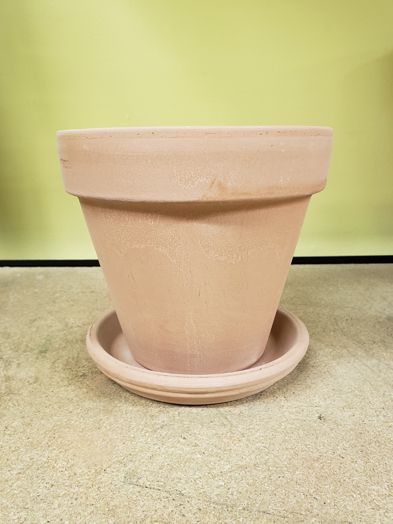
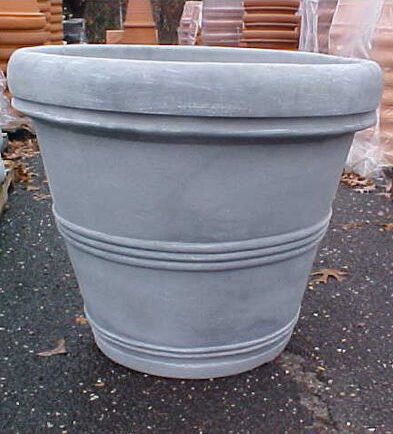
Choosing the right planter is a decision every plant lover faces. With so many options, terracotta, fiberglass, Durastone, and traditional clay pots for plants, the process can be confusing. Your choice matters, not just for matching your style but for keeping your plants happy and healthy. Each type has its pros and cons, so which one best fits your needs? Let’s clear up the confusion and help you make the best decision for your home or garden.
A Closer Look at Each Planter Type: Terracotta, Fiberglass, Durastone, and Clay Pots for Plants
The type of planter you choose can significantly impact the growth and beauty of your plants. Some pots are heavier and more rustic, while others are modern or easy to move. Here’s what sets each material apart:
- Material and Weight: Some are lightweight, while others are heavier.
- Style and Finish: From classic earthy shades to sleek modern forms.
- Breathability: How much air and water your plant roots get.
- Maintenance: Cleaning and care are required.
Let’s break down the perks and drawbacks of each.
Terracotta Planters: Timeless Clay Pots for Plants
Terracotta is the classic choice for gardeners who love that earthy, warm look. Skilled artisans fire red clay to create these pots, giving them a beautiful, natural finish. Their porous structure allows air and water to flow easily through the walls, preventing overwatering and keeping the roots healthy.
You’ll find that our Terracotta Pottery in Harrison NJ, features a wide range of hand-crafted pieces. This timeless material is perfect for Mediterranean herbs, succulents, and cacti. However, keep in mind that terracotta is breakable and can crack in freezing weather. It can also dry out quickly, which means you’ll need to water more often. Still, for many plant enthusiasts, that classic, rustic charm is hard to beat.
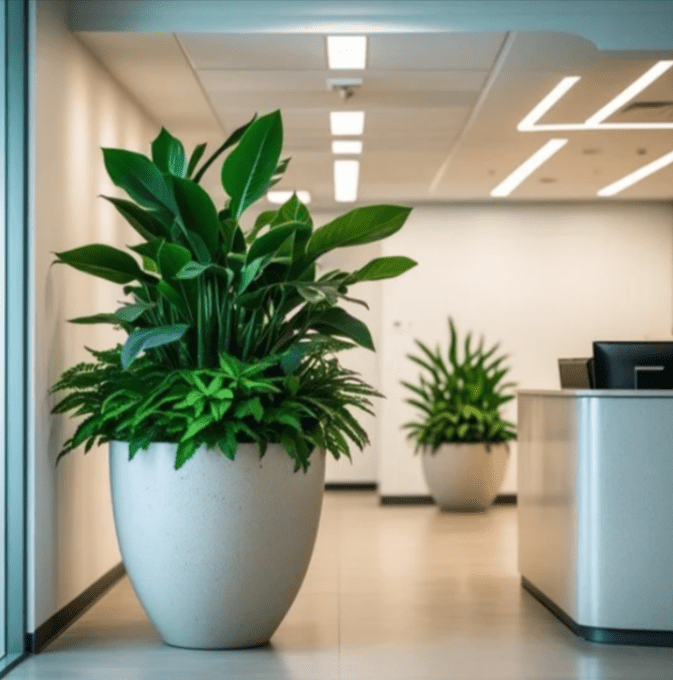
Fiberglass Planters: Lightweight Innovation for Modern Spaces
If you’d rather not drag heavy pots across your patio or living room, fiberglass might be your new best friend. Made from spun glass fibers and resin, these planters are lightweight yet strong, much lighter than clay pots for plants but just as durable.
The Fiberglass garden planters collection offers a spectrum of shapes and colors to match any style, perfect for city apartments, offices, or open patios. They resist cracking and fading, require little upkeep, and can withstand cold, heat, and humidity. While they aren’t as porous as terracotta, they won’t wick moisture away from your plants—a plus for those who forget to water.
The ease and versatility of fiberglass make it a smart pick for busy plant owners or anyone seeking a modern look.
Durastone Planters: Strength with Style
Durastone combines stone and resin, offering the weight and appearance of stone with added flexibility. These planters look sophisticated and fit right into upscale gardens or entryways. Heavier than fiberglass but easier to manage than solid stone, Durastone is well-suited for larger plants and outdoor spaces that require stability and drama.
You’ll need to be mindful of placement—once filled, these pots can be tough to move. They hold up well to the elements but may need periodic cleaning to maintain their sheen. Durastone often appeals to those seeking a “statement” pot that stands out from traditional clay pots for plants.
Traditional Clay Pots for Plants: Affordable and Accessible
Traditional clay pots for plants are everywhere, and for good reason. They’re budget-friendly, available in many sizes, and they let roots breathe. These unglazed pots help prevent overwatering, making them ideal for both beginners and experienced gardeners.
Clay pots absorb water, so plants are less likely to sit in soggy soil. This helps prevent root rot, especially for indoor plants that thrive in dry environments. They work beautifully for flowers, herbs, or leafy greens. On the downside, clay can chip and crack in cold temperatures, and may need to be replaced after a few seasons, especially if used outside year-round. Their accessibility makes clay pots for plants a staple, especially for starter gardens.
Which Planter Material Is Best for Your Plants—and You?
It all comes down to what you want—looks, weight, price, and plant needs should shape your decision. Here’s how the most popular types stack up:
- Weight and Moveability: Fiberglass wins for lightness. Durastone and clay pots for plants can become very heavy, especially when filled with soil.
- Style and Appeal: Terracotta offers natural warmth, Durastone feels luxe, clay is homey, while fiberglass provides broad design freedom.
- Climate Tolerance: Fiberglass and Durastone withstand extreme weather conditions the best. Clay and terracotta can crack in frost.
- Plant Health: Terracotta and clay are the most breathable materials, which is beneficial for many types of houseplants and succulents.
For more on durable planters in tricky climates, review the advantages of fiberglass planters. The insulation and strength make fiberglass a smart solution in NYC, but the same benefits apply anywhere.
Matching Pot Material to Plant Type
Choosing the right clay pots for plants can be like matching shoes to an outfit—the right match sets everything off just right.
- Succulents and Cacti: Opt for terracotta or traditional clay pots. Their breathability lets roots dry out between waterings.
- Lush Houseplants (like Peace Lilies or Monstera): Fiberglass keeps things light, modern, and easy to move as your plant grows. Less evaporation suits plants that want steady moisture.
- Outdoor Shrubs or Trees: Durastone shines here, offering both stability and style.
- Colorful Annuals or Herbs: Clay pots or terracotta pots give that familiar, cottage feel and keep herbs healthy with good airflow.
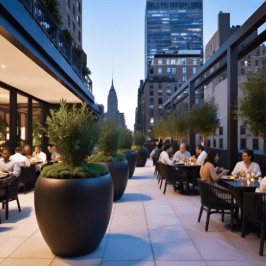
Considering Climate and Maintenance
Think about where you plan to place your pots. In cold climates like NYC, fiberglass and Durastone take the edge, thanks to their ability to withstand temperature swings and resist cracking. For outdoor decks and balconies, lightweight fiberglass allows for easy rearrangement at will.
Maintenance also matters. Terracotta and clay both stain and crack more easily, whereas fiberglass requires only a quick wipe to stay fresh. Durastone may weather over time, but you can either embrace the added character or scrub it clean.
Find the Perfect Planter
Choosing between terracotta, fiberglass, Durastone, and traditional clay pots for plants can be overwhelming, but each offers something unique. For fuss-free versatility, modern style, and lightweight design, fiberglass is hard to beat. Terracotta and clay remain favorites for their natural look and breathability, especially for plants that hate wet feet. Durastone delivers durability and upscale appeal for standout plantings.
Ready to elevate your collection? Explore the distinct advantages of both Terracotta Pottery in Harrison, NJ, and our selection of fiberglass garden planters. With the right pot, your plants, and your space, will thrive.



